- What Are Common Causes of .URL Files Lost or Failure?
- How to recover lost .URL files?
- Programs to recover .URL files
- How to open file with .URL extension?
What Are Common Causes of ".URL" Files Lost or Failure?
There are several common causes of ".URL" files being lost or failing:
- Accidental deletion: Users may inadvertently delete ".URL" files while organizing or cleaning up their files and folders.
- File system corruption: Issues with the file system, such as disk errors or malware infections, can lead to the loss or corruption of ".URL" files.
- Software or system crashes: Unexpected crashes of software applications or the operating system can result in the loss of ".URL" files that were open or being accessed at the time.
- Hardware failure: Hard drive failures or other hardware issues can cause the loss of ".URL" files stored on the affected drives.
- File transfer errors: When transferring ".URL" files between devices or over networks, errors or interruptions in the transfer process can lead to file loss or corruption.
- Formatting or reinstallation: Formatting a storage device or reinstalling the operating system without proper backup can result in the loss of all data, including ".URL" files.
- Human error: Mistakes made by users, such as accidentally moving or renaming ".URL" files, can lead to their loss or failure.
- Virus or malware attacks: Malicious software can infect and damage ".URL" files, rendering them unusable or causing their loss.
It is important to regularly back up important ".URL" files to prevent loss and to use reliable antivirus software to protect against malware attacks.
How to recover lost ".URL" files?
Sometimes while working with a computer, laptop or other stationary or mobile devices, you may encounter various bugs, freezes, hardware or software failures, even in spite of regular updates and junk cleaning. As a result, an important ".URL" file may be deleted.

🧺 How to Recover Files and Folders After Sending Them to the Recycle Bin and Deleting? (Windows 11)
By no means should you think that the only way to recover a ".URL" file is always to create it once more.
Use programs for recovering ".URL" files if a file was lost after accidental or deliberate deleting, formatting the memory card or the internal storage, cleaning the storage device, after a virus attack or a system failure.
Programs to recover ".URL" files
Looking for a way to get files back? In cases when files were deleted and they cannot be restored by using standard operating system tools, use Hetman Partition Recovery.
Follow the directions below:
-
Download Hetman Partition Recovery, install and start the program.
-
The program will automatically scan the computer and display all hard disks and removable drives connected to it, as well as physical and local disks.

-
Double-click on the disk from which you need to recover ".URL" files, and select analysis type.
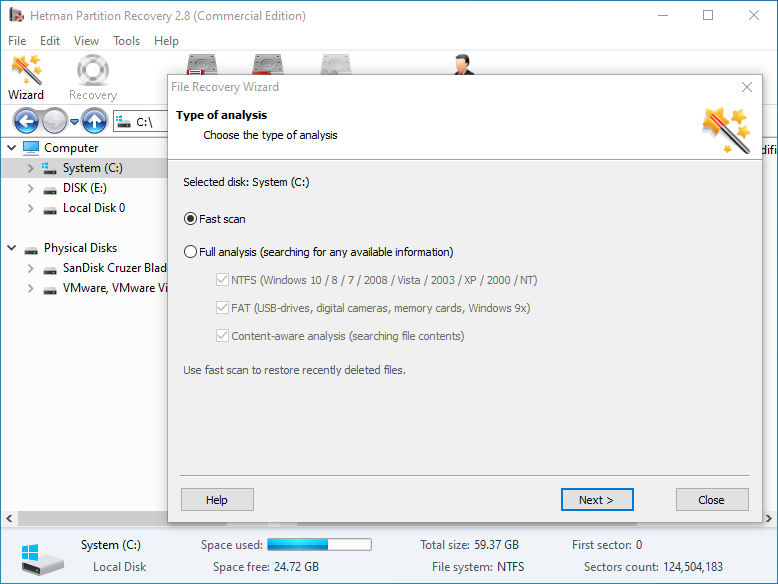
-
When the scanning is over, you will be shown the files for recovery.
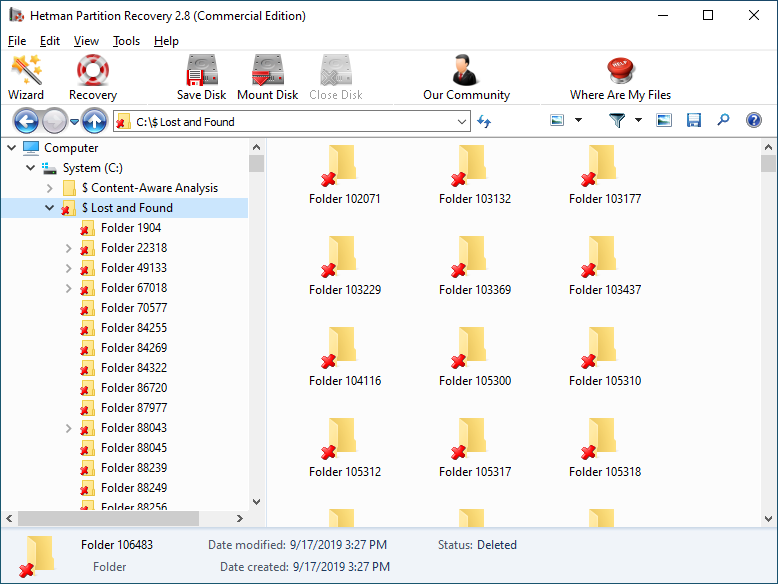
-
To find a file you need, use the program’s interface to open the folder it was deleted from, or go to the folder "Content-Aware Analysis" and select the required file type.
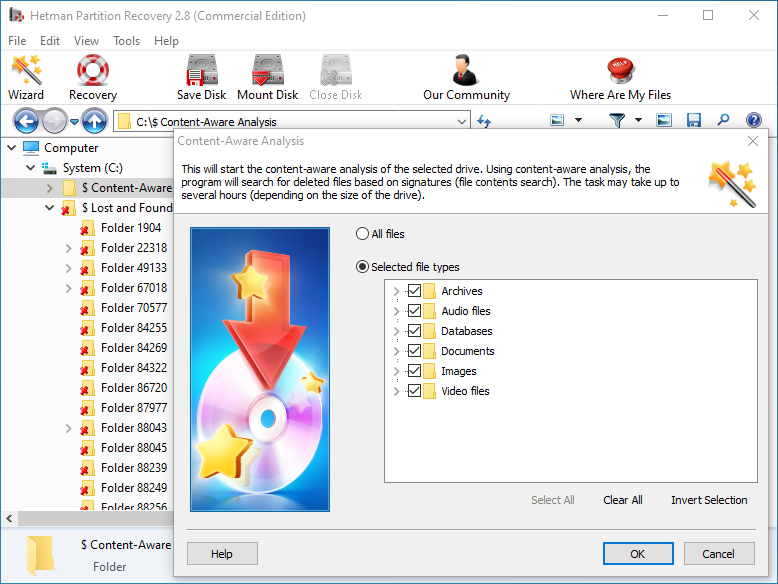
-
Select the files you have been looking for and click "Recovery".
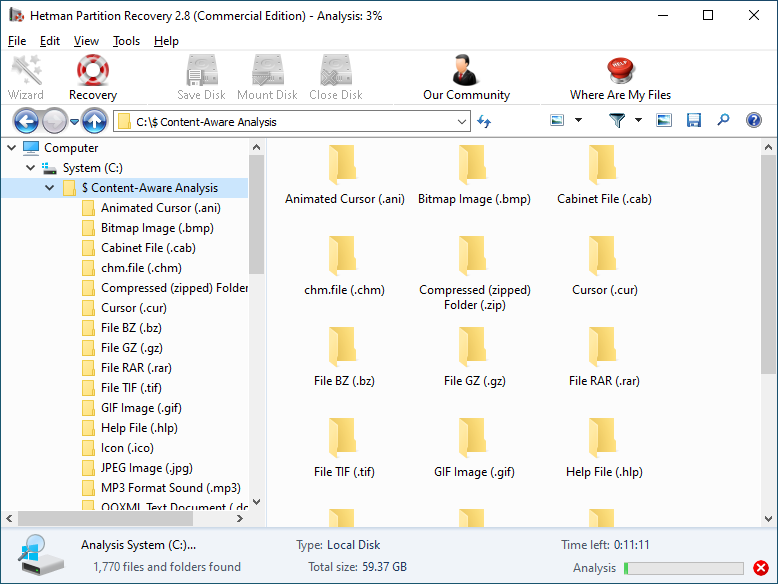
-
Choose one of the methods for saving the files and recover them.
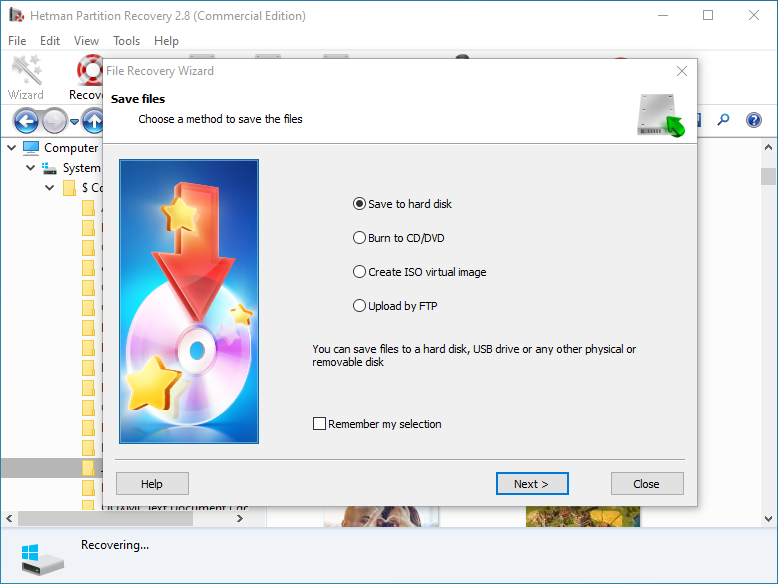
How to open file with ".URL" extension?
Looking for how to open a stereo internet Shortcut image file file?
Programs that open ".URL" files
| Windows |
|---|
|
|
|
|
|
|
|
|
|
|
|
|
| Mac |
|
|
|
|
|
|
|
|
|
|
|
|
| Android |
|
|
Additional Information
-
File type: Internet Shortcut
-
File extension: .URL
-
Developer: N/A
-
Category: Web Files
-
Format: Text
-
HEX: 5B



